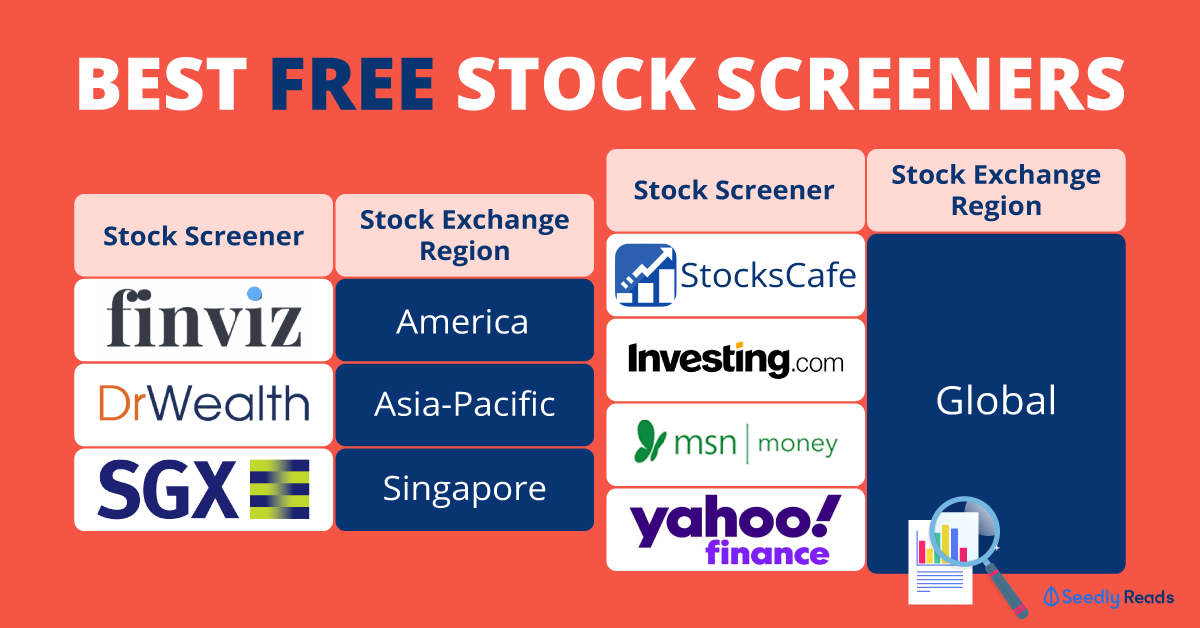Anonymous
I read from some articles about the usefulness of using multiples like P/E ratio in trying to find undervalued stocks. Anything else to take note?
2
Discussion (2)
What are your thoughts?
Learn how to style your text
Isaac Chan
10 Apr 2019
Business at NUS
Reply
Save
Hi there!
Some indicators that a stock is undervalued include
- Low price/earnings ratio: The higher the P/E, the higher the price of the stock relative to the earnings (profits). A low P/E indicates a buying opportunity.
- Lagging relative price performance: company's share price is lower than its industry peers.
- Low price/earnings growth ratio (PEG): A more accurate representation of the company's performance taking into consideration future growth opportunity and past performance.
- High dividend yield: If a company's dividend payment rate exceeds that of their competitors, this indicates that the share price dipped to "undervalued" status.
- Low market-to-book ratio: Company with a low market value (market capitalization) to book value (shareholder equity) ratio may indicate a undervaluation situation. A low ratio means the value of the propoperty the company owns may be potentially worth more, where the investors may have overlooked this.
- Free cash flow: FCF is the amount of cash generated by the business after all expenses are accounted for. A stock may be lowly priced because of lower reported earnings however, may have high free cash flow.
Reply
Save
Write your thoughts
Related Articles
Related Posts
Related Posts







Perhaps I can share about what I had picked up from one of Damodaran's articles on this topic.
Definition Issues
Most of us are quite familair with terms like P/E ratio etc. However, the P/E ratio could be for different time periods. For example, P/E ratio could be for trailing twleve months (TTM), latest financial year or forward estimates. Moreover, some analysts might have "scrubbed" the financials by removing certain items. Hence, we need to be aware when we compare these ratios between different companies.
Uniformity
You most likely would also want to avoid using multiples that can't be compared across different businesses. For example, if businesses have different fiscal year ends, this means that using the current P/E ratio which compares financial year results would be inaccurate.
Consistency
If you stick to the common multiples touted such as Price/Sales, Price/Earnings and Price/Book ratios, this shouldn't concern you too much. However, the moment you venture in Enterprise Value (EV) multiples, you need to be more careful. For example, you can pair EV / EBITDA, but EV / Net Profit might not be feasible since EV is capital structure neutral. This just means that the proportion of debt and equity does not affect the value of EV.
Sector Over-valuation
One of the implicit assumptions about using such multiples to compare with each other means that the market is valuing these products in a fair range. However, during periods of exuberance or pessimism, the stock you are valuing may be affected by such sentiments.
A good example would have been the DotCom bubble hype, where the whole industry had been overvalued, so even if you had dilligently done your analysis through multiples like P/E ratio, you would have made a huge loss eventually.
One way to mitigate against this is to do a comparison between multiples of certain indexes, and trace it across different periods. However, this is not foolproof also.